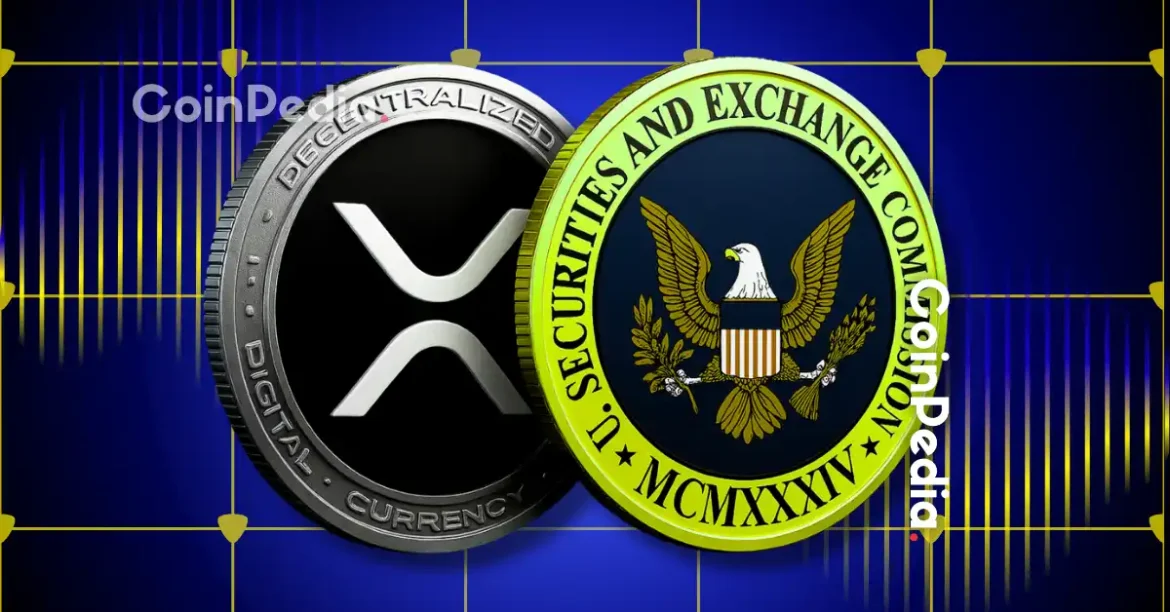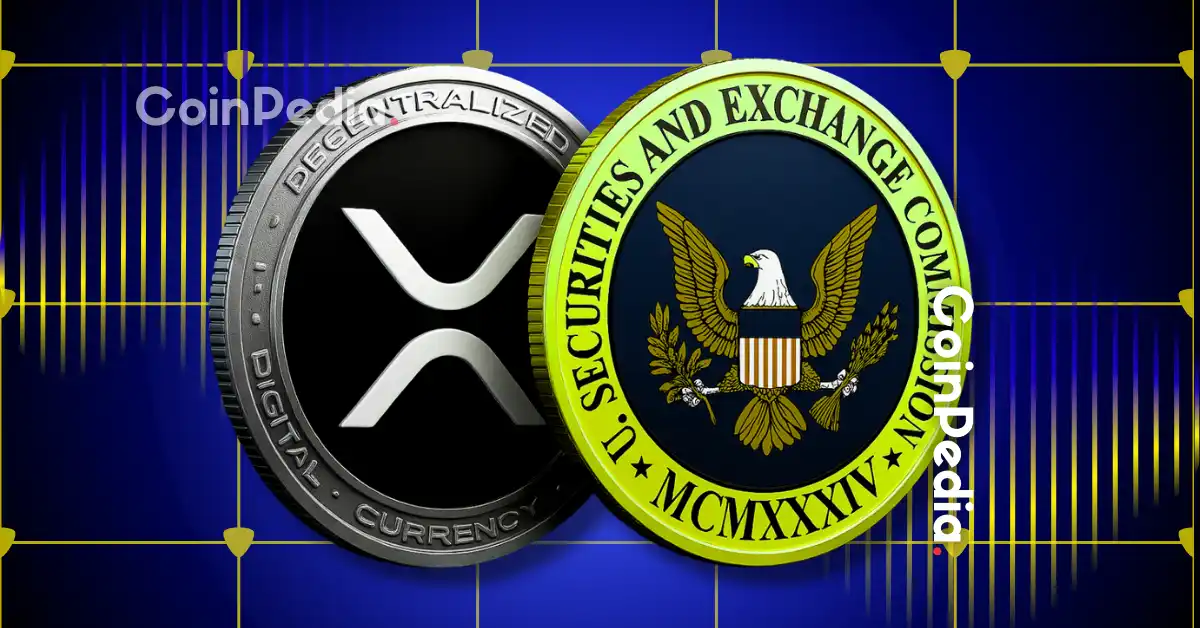Navigating the Regulatory Minefield: The Rise and Challenges of XRP in the Crypto Landscape
Introduction: The Crypto Conundrum
The cryptocurrency market is a double-edged sword, offering unprecedented opportunities for innovation and investment while simultaneously presenting significant regulatory challenges. At the heart of this conundrum lies the contentious issue of whether crypto assets should be classified as securities, a debate that has far-reaching implications for the industry. This analysis explores the regulatory minefield that crypto ventures must navigate, with a particular focus on Ripple (XRP) as a case study in the complexities of crypto regulation.
The Security Question: A Regulatory Quagmire
The Gray Area of Crypto Classification
One of the most persistent debates in the cryptocurrency sphere revolves around the classification of crypto assets. Are they currencies, commodities, or securities? The answer to this question is not merely academic; it dictates the level of regulatory scrutiny and compliance required. The ambiguity surrounding this issue has led to a situation where legal interpretations vary, and the application of existing securities laws to novel crypto products becomes a point of contention.
The Howey Test and Its Implications
The Securities and Exchange Commission (SEC) in the United States has historically applied the Howey Test to determine whether a crypto asset constitutes an investment contract and, therefore, a security. The Howey Test, derived from a Supreme Court precedent, essentially asks whether investors are pooling their money into a common enterprise with the expectation of profits derived from the efforts of others. If this test is met, the crypto asset is likely to be classified as a security, subjecting it to registration requirements, disclosure obligations, and potential liabilities.
The Risks of Misclassification
The consequences of misclassifying a crypto asset or failing to comply with securities laws can be severe, ranging from hefty fines and cease-and-desist orders to criminal charges. Therefore, crypto ventures must tread carefully and seek expert legal advice to ensure compliance with the evolving regulatory landscape. The lack of clear guidance from regulatory bodies exacerbates this challenge, as many crypto ventures operate in a gray area, often lacking definitive answers to critical regulatory questions.
Ripple and XRP: A Case Study in Regulatory Battles
The SEC’s Lawsuit Against Ripple
Ripple and its associated cryptocurrency, XRP, have become a focal point in the debate over crypto regulation. The SEC’s lawsuit against Ripple, initiated in December 2020, alleged that Ripple had conducted an unregistered securities offering through the sale of XRP. This legal battle has had far-reaching implications for the entire crypto industry, as it sought to establish a precedent for how crypto assets should be treated under securities laws.
The Core Arguments
The SEC’s core argument was that XRP was sold as an investment contract, with Ripple promising to use the funds raised to develop and promote the XRP ecosystem, thereby increasing its value for investors. Ripple, on the other hand, maintained that XRP is a currency and a technology used for facilitating cross-border payments, not a security. This legal battle has been a protracted and complex affair, involving extensive discovery, expert testimony, and legal maneuvering.
The Significance of the Case
The Ripple case is significant not only for its potential impact on XRP but also for its broader implications for the crypto industry. The outcome of this case could influence the SEC’s approach to regulating other crypto assets and could shape the future of crypto regulation in the United States and globally. It is likely that other crypto ventures will closely analyze the Ripple case and seek to learn from its experiences in navigating the regulatory landscape.
Ripple’s Partial Victory and the Road Ahead
The Court’s Ruling
In a significant development, a U.S. court issued a ruling in July 2023 that XRP is not a security when sold to retail investors on exchanges. This ruling was widely viewed as a partial victory for Ripple and the broader crypto industry, as it provided some clarity on the regulatory status of XRP and potentially other similar crypto assets. However, the court also ruled that XRP was a security when sold directly to institutional investors.
The SEC’s Appeal and Its Dismissal
The SEC’s subsequent attempt to appeal this ruling was dismissed, further solidifying Ripple’s position. This dismissal has been interpreted as a significant removal of regulatory hurdles surrounding XRP, potentially allowing for greater adoption and utilization of the cryptocurrency. Despite this positive outcome, the legal battle is not entirely over. The court still needs to address remaining claims related to Ripple’s individual executives. Moreover, the SEC could potentially pursue other legal avenues to challenge the regulatory status of XRP or other crypto assets.
The Impact on Market Makers and XRP’s Utility
The Role of Market Makers
Market makers play a crucial role in providing liquidity to exchanges, ensuring that there are always buyers and sellers available to facilitate trading. The regulatory uncertainty surrounding XRP had previously deterred some market makers from actively participating in XRP markets, fearing potential legal repercussions. With the dismissal of the SEC’s appeal, this regulatory overhang has been largely removed, potentially paving the way for greater participation from market makers.
Enhanced Liquidity and Price Discovery
This increased liquidity could lead to tighter spreads, reduced volatility, and improved price discovery for XRP. Furthermore, the regulatory clarity surrounding XRP could unlock its potential for use in various applications, particularly in cross-border payments. Ripple has long promoted XRP as a faster and cheaper alternative to traditional payment systems, and the removal of regulatory hurdles could accelerate its adoption by financial institutions and payment providers.
The Broader Implications for the Crypto Industry
The Need for Regulatory Clarity
The Ripple case underscores the importance of regulatory clarity and the need for a balanced approach that fosters innovation while protecting investors. The case also highlights the challenges of applying existing securities laws to novel crypto assets and the need for tailored regulations that address the unique characteristics of this emerging technology.
Shaping the Future of Crypto Regulation
The outcome of the Ripple case could influence the SEC’s approach to regulating other crypto assets and could shape the future of crypto regulation in the United States and globally. It is likely that other crypto ventures will closely analyze the Ripple case and seek to learn from its experiences in navigating the regulatory landscape. The case serves as a reminder that the crypto industry must engage in constructive dialogue with regulators to shape a regulatory environment that promotes responsible innovation and sustainable growth.
A Cautious Conclusion: The Future of Crypto Regulation
The Path Forward
The journey of Ripple and XRP serves as a powerful reminder of the challenges and opportunities that exist in the rapidly evolving world of cryptocurrency. While the partial victory in the SEC lawsuit represents a significant step forward, it is crucial to recognize that the regulatory landscape remains uncertain and dynamic. Crypto ventures must remain vigilant, proactive, and committed to compliance to navigate this complex terrain successfully.
The Balancing Act
The future of crypto regulation will likely involve a delicate balancing act between fostering innovation and protecting investors. As the industry matures and regulatory frameworks evolve, it is essential for stakeholders to engage in constructive dialogue to shape a regulatory environment that promotes responsible innovation and sustainable growth. The “Kings of Crypto” must learn to navigate the regulatory minefield with wisdom and foresight, or risk being dethroned by the ever-changing tides of the law. The path forward requires a collaborative effort between regulators, industry players, and investors to ensure that the crypto industry can thrive while adhering to the necessary legal and regulatory standards.





